Camp Lincoln Commanding Officer's House - ca. 1962A United States military post was established at this location northeast of Crescent City on September 12, 1862 when troops from Fort Terwaw were relocated after it was wiped out by flooding on the Klamath River. The post was intended to keep peace between the Native American tribes and the miners and settlers of northwestern California. Tensions had risen as increasing numbers of whites, many with secessionist views, moved into the area. At the same time, members of the Tolowa and other tribes were being forcibly resettled to a reservation in the Smith River Valley. With the resurgence of gold mining in the region in the Spring of 1862, the majority of white men left their farms to mine in the hills. The remaining population felt vulnerable to raids by the Native Americans and petitioned the government to remove them. 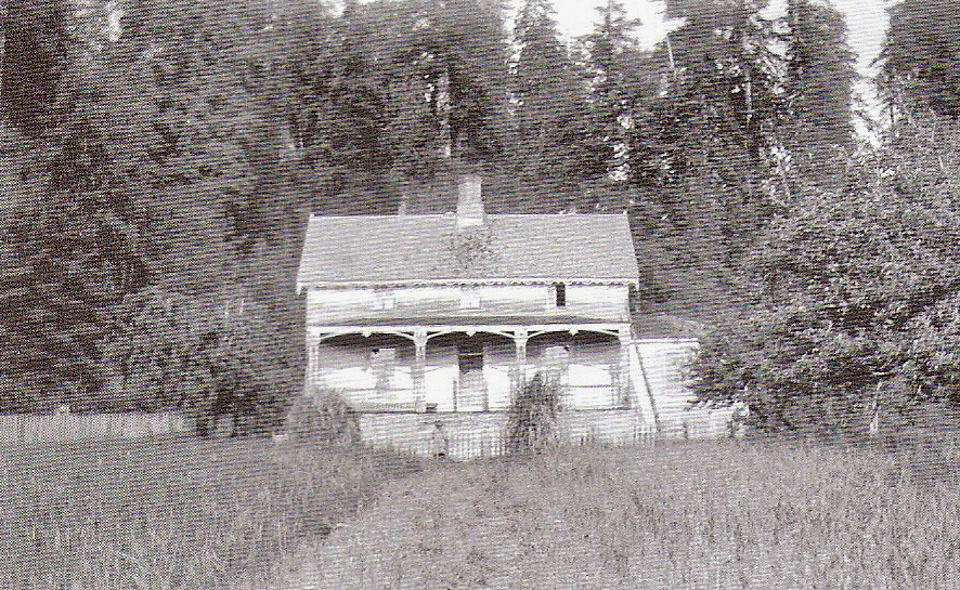
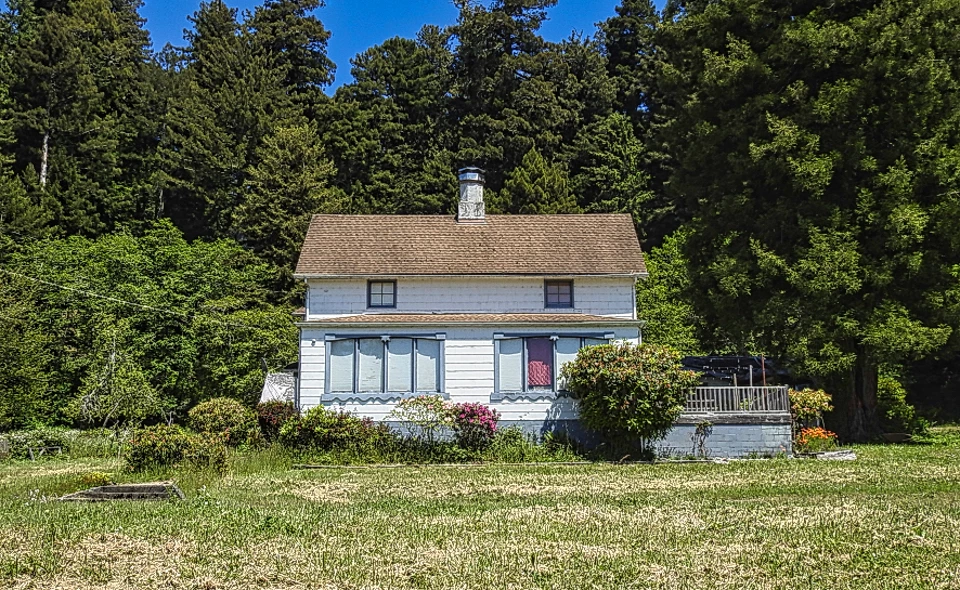
Left image
Right image
South Beach Crescent City - ca. 1915At Elk Creek, on the north end of the long crescent beach that gives Crescent City its name, a Tolowa Village once existed. Known later as Indian Beach, the area of shacks in the photograph was first a whaler's camp in the 1850's, when Kanakas (Hawaiians) lived there. By 1916, some prostitutes lived in this area as it became exclusively a "red light district." The area no longer has any of its former shacks, nor had it in Easter 1964 when a tsunami wave swept the area clear. 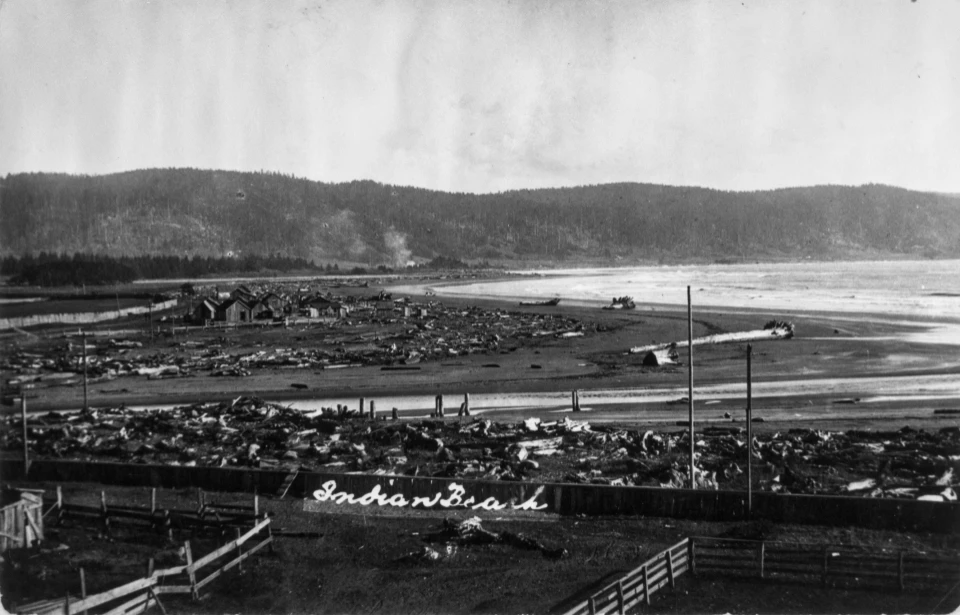
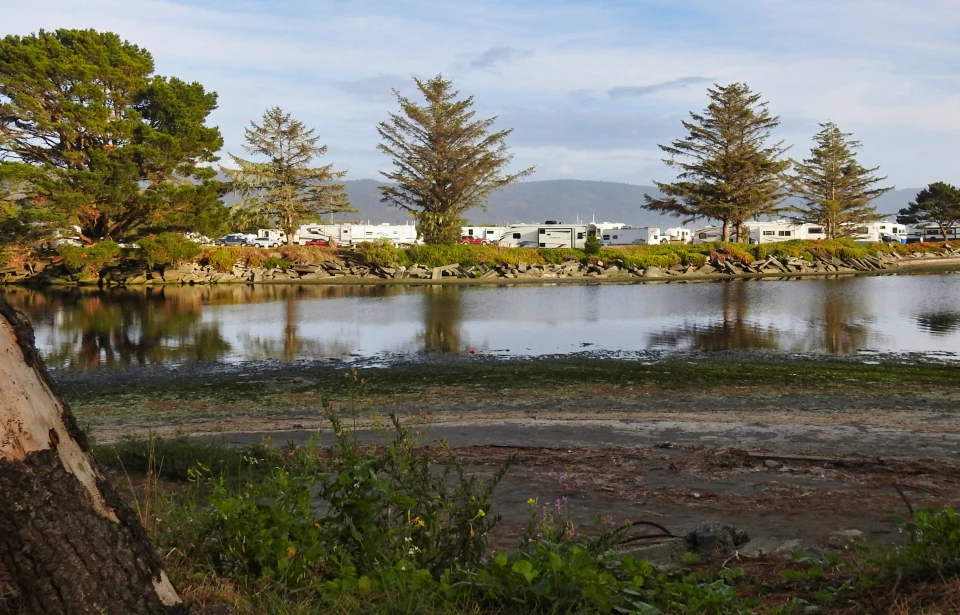
Left image
Right image
Eureka Chinatown - 1906Chinese workers initially came to northwest California after the discovery of gold along the Trinity River in 1850. As the importance of redwood lumber grew, Humboldt County became a destination in the global movement of workers. 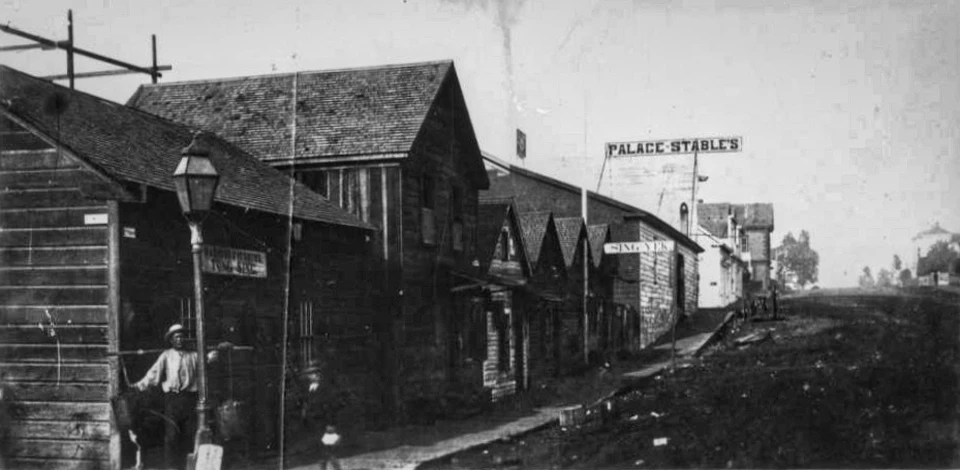
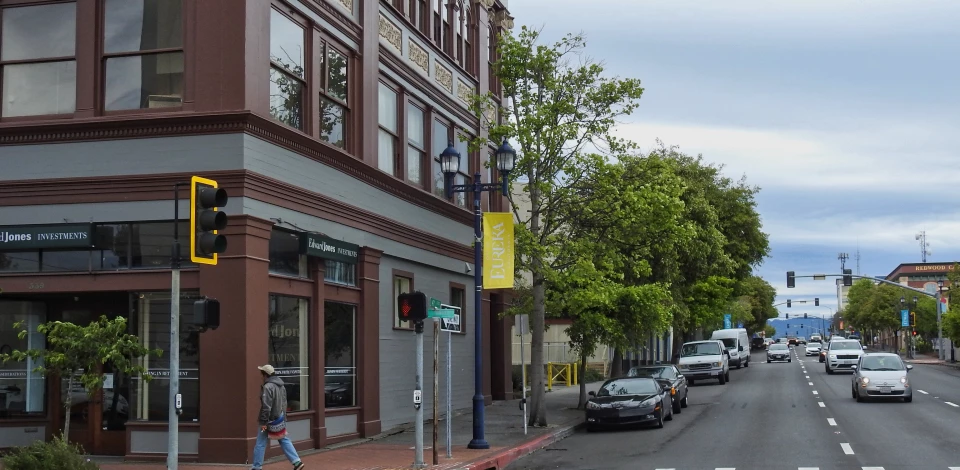
Left image
Right image
Excluded Chinese Men on Eureka Dock - 1906In 1882, conflict erupted in Eureka’s Chinatown when a gunfight between Chinese residents accidently killed a white city councilman. White mobs broke into stores and looted and then forced Chinese to the docks to get them out of town. Within two days, there was not a single Chinese person left in Eureka. Later, white men went on strike after Fay’s Shingle Mill in Fairhaven (Samoa Island) hired 22 Chinese workers.. Lumbermen, financed by lumber baron John Vance and led by the Knights of Labor, marched to the mill and forced Fay to ship his Chinese employees out of the county on the next boat. Other mill owners followed suit. 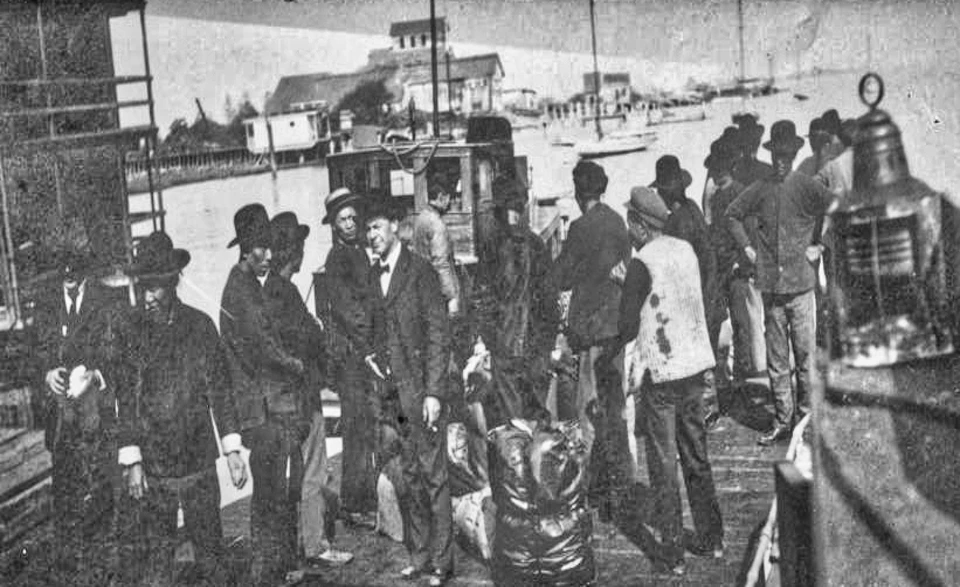
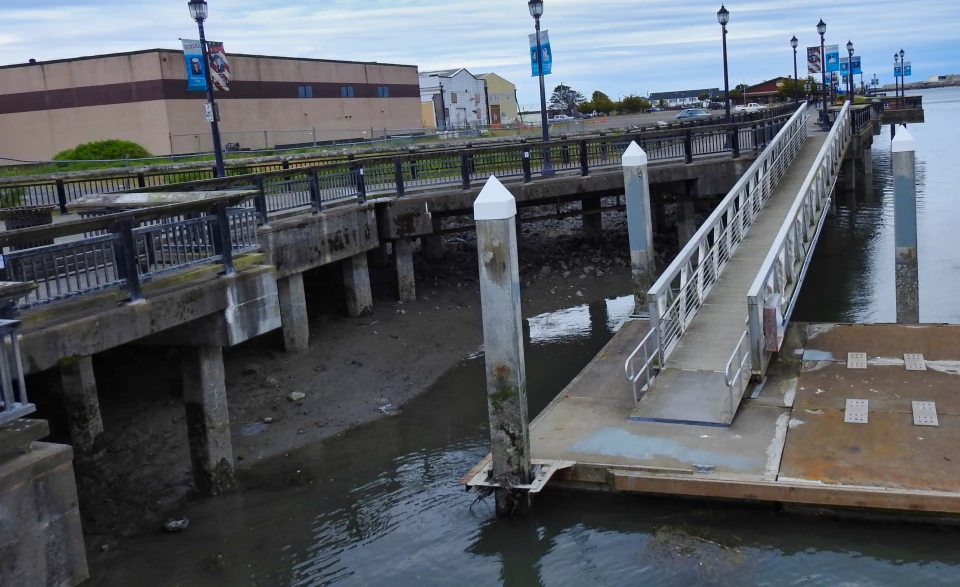
Left image
Right image
Anti-Chinese Protest in Fortuna - 1906For 14 years after 1892, the Humboldt County Business Directory could claim they were “the only county in the state containing no Chinamen. But in 1906, 27 Chinese working men were secretly snuck back into the county to work at a cannery at Port Kenyon near the mouth of the Eel River. 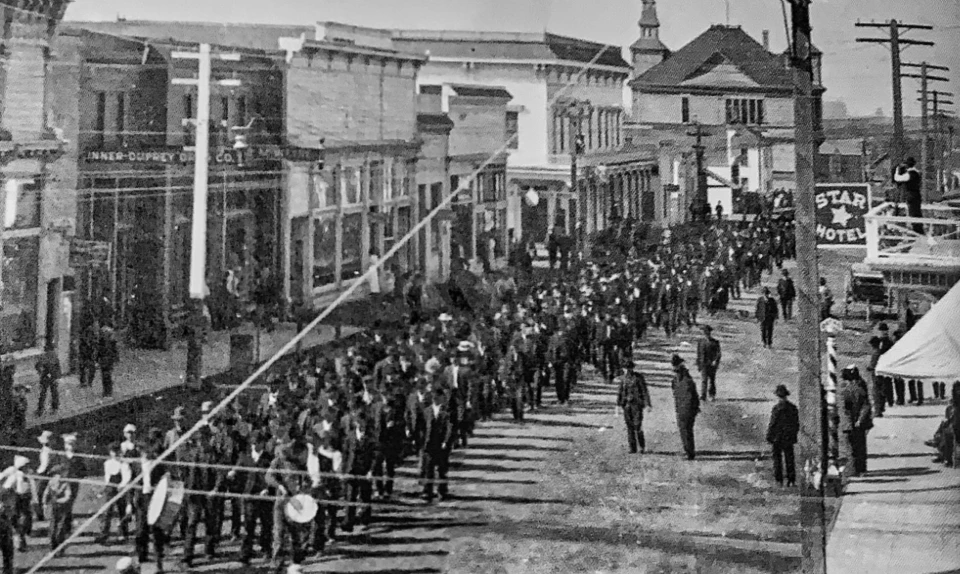
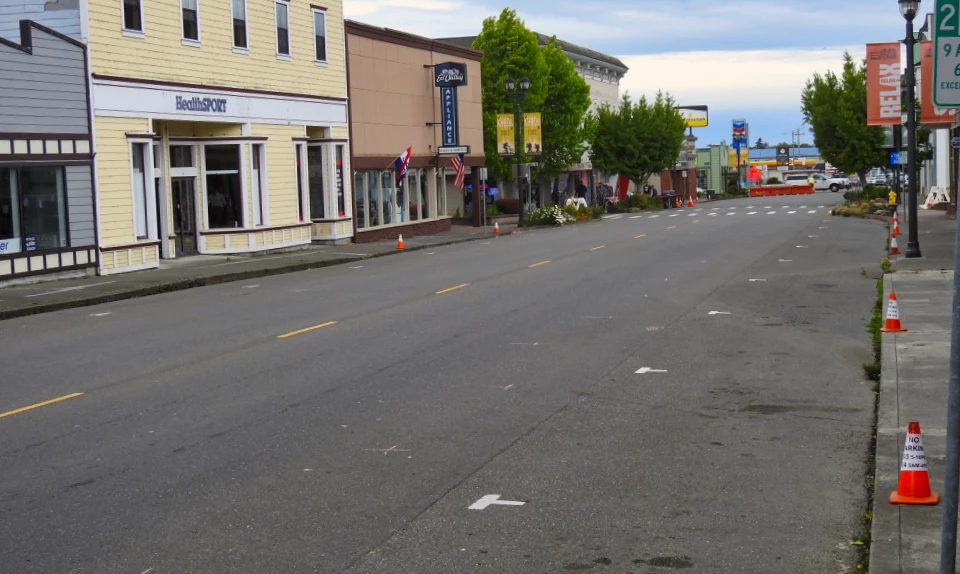
Left image
Right image
Return to "Then and Now" homepage
|
Last updated: November 14, 2022
